If you’ve ever wondered can bearded dragons eat wax worms, you’re not alone. Many bearded dragon owners ask this question when looking for tasty and nutritious treats for their pets. Wax worms are a popular feeder insect, but before you add them to your bearded dragon’s diet, it’s important to understand their nutritional value and potential risks. In this article, we’ll explore whether wax worms are a safe option and answer the common question: can bearded dragons eat wax worms without harming their health.
Can Bearded Dragons Eat Wax Worms? Understanding the Basics
If you are considering adding wax worms to your bearded dragon’s diet, it’s important to understand what they are and how they fit into your pet’s nutrition. This section covers the basics to help you make informed decisions.
What Are Wax Worms and Why Are They Popular as Feeder Insects?
Can bearded dragons eat wax worms? Absolutely, but knowing exactly what wax worms are is crucial. Wax worms are the soft, white larvae of the wax moth. Their high fat content makes them appealing to bearded dragons, especially those that are picky or recovering from illness.
Wax worms are popular among reptile owners because of their digestibility and taste. They’re easy to keep, don’t require special care, and are often used to stimulate appetite in dragons that refuse other foods. However, their nutritional profile is imbalanced, lacking in essential protein and calcium compared to other feeder insects. So while they can be a helpful tool in your feeding routine, they should always be offered in moderation. Relying too heavily on wax worms can lead to obesity and other health issues.
Typical Diet of Bearded Dragons: Where Do Wax Worms Fit In?
When considering can bearded dragons eat wax worms, it’s important to look at the big picture—their full diet. Bearded dragons thrive on a mix of leafy greens, vegetables, fruits, and protein-rich insects. Wax worms do not fit into the “daily insect” category but can play a small, occasional role in your pet’s nutrition.
The bulk of your dragon’s insect intake should come from healthier staples like crickets, dubia roaches, or black soldier fly larvae. Wax worms are high in fat and low in other nutrients, which means they should only be offered sparingly. A good rule of thumb is to use wax worms as treats—perfect for adding variety or encouraging a reluctant eater. But overfeeding them can lead to unwanted weight gain and long-term issues. Always rotate protein sources to keep your dragon’s diet balanced.
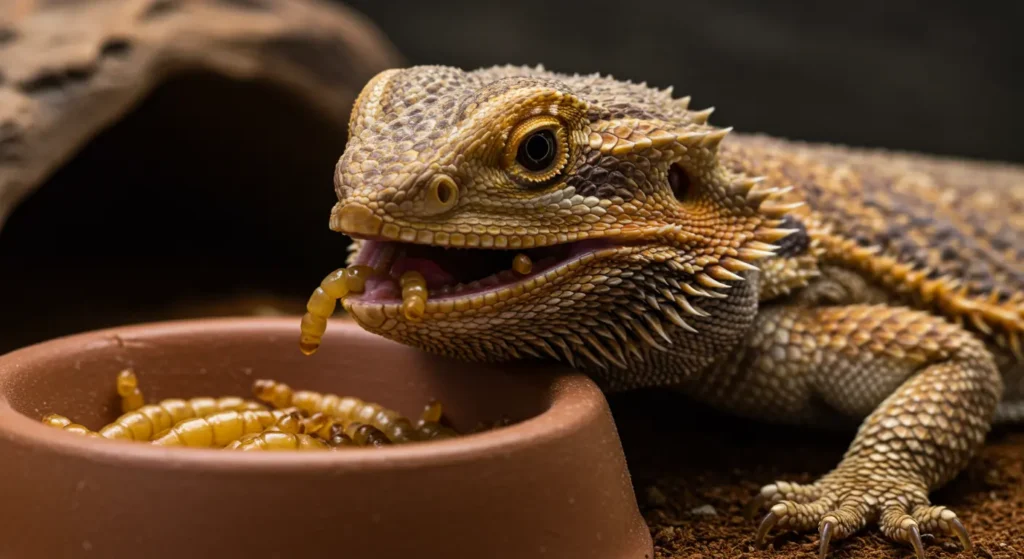
The Role of Wax Worms in Bearded Dragon Nutrition
Can bearded dragons eat wax worms safely from a nutritional standpoint? The answer depends on frequency and portion size. Wax worms are mostly composed of fat and contain limited essential nutrients like calcium or protein, which makes them unsuitable as a staple insect.
That said, they do have their place in a well-rounded bearded dragon diet. Wax worms can be useful when a dragon is underweight, stressed, or recovering from illness. Their soft texture and enticing flavor often encourage feeding. However, overuse may cause obesity, liver strain, or a disinterest in healthier feeders.
To safely incorporate wax worms, offer them as an occasional treat—perhaps once a week—and always alongside nutrient-rich foods. Dusting other insects with calcium powder and offering a mix of greens and veggies ensures your dragon gets everything they need.
Nutritional Value of Wax Worms for Bearded Dragons
Feeding wax worms to bearded dragons may seem like a simple treat, but understanding their nutritional makeup is crucial. Wax worms are high in fat and calories, which can quickly cause weight gain if not used sparingly. Many new reptile owners ask whether wax worms are safe for bearded dragons, and the answer depends on how often they’re offered.
This section explores the nutrients found in wax worms, compares them with other feeder insects, and explains how they fit into your dragon’s overall nutrition plan. While wax worms can be part of your dragon’s diet, they are not a balanced food source and should never replace more nutritious insects like dubia roaches or crickets. Responsible feeding starts with understanding the numbers—and that’s what we’ll cover here.
Macronutrients: Fat, Protein, and Calories in Wax Worms
When offering wax worms to bearded dragons, it’s important to recognize their macronutrient profile. Wax worms are extremely high in fat—up to 20%—making them much more calorie-dense than most feeder insects. This is why feeding wax worms to your bearded dragon should be an occasional treat, not a regular routine.
Although they do provide a moderate amount of protein, it’s not enough to support your reptile’s daily needs. The high fat and calorie levels can contribute to obesity and related health issues if wax worms are fed too often. Compared to other insects like crickets or black soldier fly larvae, wax worms are considered less nutritious but more energy-rich. Use them strategically—such as to boost weight in a malnourished dragon—rather than as part of the daily meal plan.
Calcium to Phosphorus Ratio and Its Importance
One critical factor in reptile nutrition is the calcium to phosphorus (Ca:P) ratio. Wax worms tend to have an unfavorable Ca:P ratio, meaning they contain more phosphorus than calcium. This imbalance can interfere with calcium absorption, leading to metabolic bone disease in bearded dragons if fed too often without proper supplementation. For more detailed information on preventing metabolic bone disease through diet, lighting, and habitat care, check out this comprehensive guide on How to Prevent Metabolic Bone Disease in Bearded Dragons.
How Wax Worms Compare to Other Feeder Insects (Mealworms, Crickets, etc.)
If you’re wondering how wax worms compare to other feeder insects commonly fed to reptiles, the differences are significant. Unlike dubia roaches and crickets—which are high in protein and have better calcium content—wax worms for bearded dragons are more like fast food: tasty but not very nutritious.
Mealworms are similar in fat content but harder to digest due to their tough exoskeleton. Crickets offer a leaner protein source, are easier to gut-load, and are better suited for regular feeding. Dubia roaches are even more nutrient-balanced and lower in fat, making them ideal staples. Wax worms, in contrast, should be used occasionally to add variety or stimulate appetite, especially for dragons recovering from illness. If used correctly, they can serve a purpose—but they’re not a substitute for high-quality daily feeders.
Potential Risks and Benefits of Feeding Wax Worms
Feeding wax worms to bearded dragons comes with both advantages and risks, and understanding these is vital for responsible pet care. While wax worms are often seen as tasty snacks, they shouldn’t become a regular part of your dragon’s diet. These feeder insects are high in fat and calories, which makes them helpful in some cases—but harmful in others.
In this section, we’ll break down the pros and cons so you can decide when and how to safely use wax worms in a bearded dragon’s feeding plan. They can be useful for weight gain or appetite stimulation, but overuse leads to health issues like obesity or metabolic disorders. A balanced approach will ensure your bearded dragon enjoys the benefits without facing unnecessary risks.
Why High Fat Content Can Be Both Good and Harmful
Feeding wax worms to your bearded dragon can be helpful, especially when the reptile is underweight or recovering from illness. These insects are high in fat, making them a quick and energy-rich supplement. For malnourished dragons, this fat content can support healthy weight gain in a short time.
However, there’s a downside. Regular feeding of wax worms can lead to excessive fat accumulation. Bearded dragons are prone to obesity when given too many high-calorie foods, and wax worms rank near the top in that category. This excess fat can stress organs and even lead to conditions like fatty liver disease. The best approach is to use wax worms as temporary boosters rather than daily feeders—especially for healthy adult dragons that don’t need the extra calories.
Risks of Overfeeding Wax Worms: Obesity and Health Issues
While wax worms for bearded dragons are a tempting treat, overfeeding them can lead to serious problems. One of the biggest risks is obesity, which reduces mobility, places stress on internal organs, and shortens your pet’s lifespan. The fat-heavy profile of wax worms means even small amounts can add up quickly if offered too frequently.
Another issue is nutrient imbalance. Wax worms are low in calcium and high in phosphorus, which can interfere with bone development and potentially lead to metabolic bone disease. When wax worms dominate your dragon’s diet, essential vitamins and minerals get crowded out. Always watch for signs like lethargy, swelling, or changes in movement. Limiting treats and sticking to a balanced feeding schedule is the best way to keep your dragon healthy and active.
Benefits of Using Wax Worms as Occasional Treats
When used properly, wax worms in a bearded dragon’s diet can offer meaningful benefits. These soft-bodied insects are especially useful for picky eaters or dragons recovering from stress, illness, or breeding. The high fat content provides a fast energy source, and their irresistible taste helps stimulate appetite.
Younger or weaker dragons may also benefit from the soft texture, which makes wax worms easier to chew and digest. Many owners use them during times of low appetite or as part of a training routine. Just remember—moderation is crucial. Offering wax worms once a week or during special circumstances keeps your pet happy without causing harm. When combined with a nutrient-rich base diet, wax worms can be a useful tool to support specific health goals.
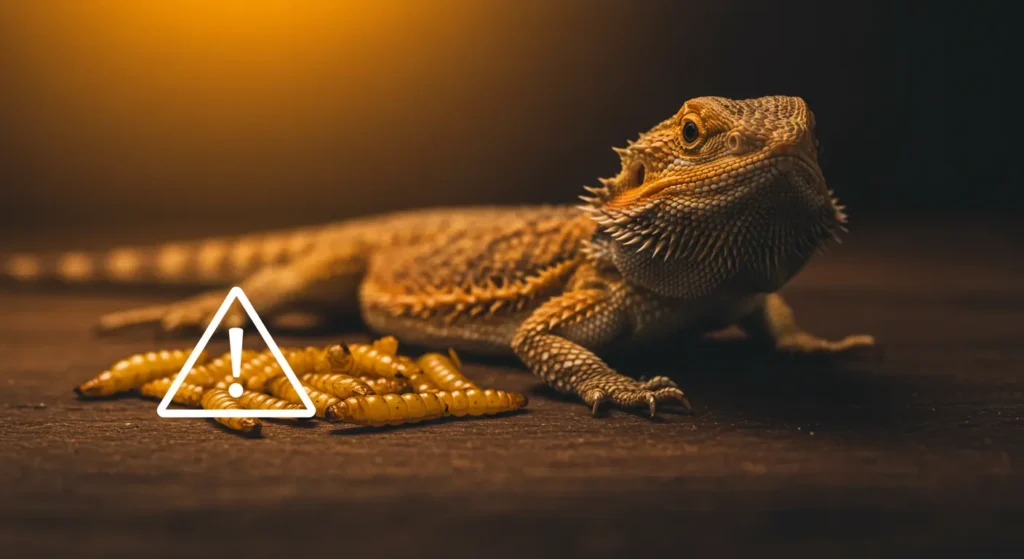
How to Safely Feed Wax Worms to Your Bearded Dragon
Feeding wax worms to bearded dragons safely requires more than just tossing a few into their enclosure. These high-fat insects can be beneficial, but only when used in moderation and prepared correctly. Without proper planning, wax worms can do more harm than good—especially if fed too often or without supplementation.
This section outlines expert-backed feeding practices to help you maximize benefits and avoid common risks. From how many wax worms to feed, to boosting their nutritional content through gut-loading, these steps ensure your dragon stays healthy and active. By following safe feeding habits, you can confidently include wax worms in your dragon’s diet without compromising their long-term wellbeing.
Recommended Frequency and Portion Sizes
When it comes to feeding wax worms to your bearded dragon, less is more. Experts suggest limiting wax worm treats to once or twice per week at most. Overfeeding can quickly lead to obesity and nutrient imbalance due to their high fat and low calcium content.
The ideal portion depends on your dragon’s size, but a small handful—usually around 5 to 10 wax worms—is sufficient. Smaller dragons or juveniles should receive fewer worms than large adults. It’s best to use wax worms as part of a treat rotation rather than a go-to snack. Feeding them in limited quantities ensures your dragon enjoys the variety without the health risks. Always observe your pet’s behavior and body condition to fine-tune the portion size.
Proper Gut-Loading Techniques to Boost Nutrition
To make wax worms more nutritious for bearded dragons, gut-loading is essential. This process involves feeding the worms a nutrient-rich diet before offering them to your pet. Since wax worms are naturally low in key vitamins and minerals, gut-loading helps bridge that gap.
Feed the worms fresh vegetables like leafy greens, along with high-calcium commercial insect feed for at least 24 to 48 hours before feeding them to your dragon. You can also lightly coat their food with calcium powder to boost their internal content. While wax worms don’t absorb as much as other insects like crickets or roaches, even a small nutritional boost can make a difference. Gut-loading ensures your dragon gets more value from each treat and helps offset the worms’ natural deficiencies
Supplementing Wax Worms with Calcium and Vitamins
Because wax worms in a bearded dragon’s diet have a poor calcium-to-phosphorus ratio, supplementation is critical. Without proper calcium intake, your dragon may develop serious issues like metabolic bone disease. To prevent this, always dust wax worms with calcium powder before offering them.
Choose a supplement that contains vitamin D3 if your dragon doesn’t receive enough UVB lighting. D3 supports calcium absorption and promotes strong bones and muscle function. It’s important to follow dosage guidelines carefully, as over-supplementation can be harmful. Alternate between calcium with D3 and plain calcium depending on your dragon’s light exposure. Supplementing properly turns wax worms from a high-fat snack into a much safer, more balanced part of your pet’s treat routine.
Expert Tips and Alternatives to Wax Worms in Bearded Dragon Diet
Knowing how your bearded dragon responds to wax worms and having healthy alternatives on hand ensures your pet stays happy and well-nourished. This section offers expert advice for balanced feeding.
Signs Your Bearded Dragon Enjoys or Reacts Poorly to Wax Worms
Feeding wax worms to your bearded dragon can be rewarding, but it’s important to recognize how your pet responds. Most dragons find wax worms irresistible due to their soft texture and high fat content. Signs that your dragon enjoys them include quick feeding, head bobbing, and increased alertness right after eating.
However, not all reactions are positive. If your dragon becomes lethargic, shows bloating, or refuses other foods, this could be a sign of overfeeding or sensitivity to wax worms. Some dragons may even develop a preference for wax worms and ignore healthier staples. To avoid this, observe your pet carefully after each feeding. A healthy reaction includes consistent appetite, normal bowel movements, and stable energy. If you notice concerning symptoms, reduce or pause wax worm treats and return to a more balanced feeder insect like crickets or dubia roaches.
Best Healthy Alternatives to Wax Worms for Treats
If you’re concerned about the fat content of wax worms in your bearded dragon’s diet, there are several healthier alternatives to consider. Dubia roaches, black soldier fly larvae, and crickets are excellent choices that provide more balanced nutrition. They’re lower in fat, higher in calcium, and easier to gut-load for added vitamins.
For plant-based treat options, try offering collard greens, mustard greens, or sliced bell peppers—all of which provide fiber, hydration, and essential nutrients. These can be rotated into your dragon’s diet a few times a week as flavorful, low-fat snacks. If you’re exploring fruit options, check out our full guide on Can Bearded Dragons Have Watermelon? for a safe and fun way to introduce sweet treats. Replacing some wax worm feedings with these healthier alternatives ensures long-term health while still keeping your pet happy.
Creating a Balanced Feeding Schedule for Optimal Health
To safely include wax worms in a bearded dragon’s diet, it’s essential to follow a well-planned feeding schedule. Wax worms should never replace core foods. Instead, they should serve as occasional, high-fat treats—ideally once or twice a week, depending on your dragon’s age, weight, and activity level.
The foundation of a healthy diet includes daily fresh vegetables, such as leafy greens, and insects like dubia roaches or crickets multiple times per week. Variety is key. Rotating feeders and plant-based foods ensures your dragon receives all essential nutrients. Avoid giving wax worms on consecutive days or in large quantities, as this can lead to nutrient imbalances and weight gain.
A structured feeding plan builds consistency and promotes overall well-being. By monitoring your dragon’s behavior, adjusting portions as needed, and offering wax worms responsibly, you’ll help your reptile thrive for years to come.
Conclusion
Feeding wax worms to your bearded dragon can be a smart and rewarding choice—when done with care. These high-fat, soft-bodied larvae are a favorite among picky or recovering dragons thanks to their irresistible taste and quick energy boost. However, they come with nutritional drawbacks, especially a poor calcium-to-phosphorus ratio and excess fat.
To use wax worms safely, treat them as an occasional supplement, not a daily feeder. Limit portions to once or twice per week, and always gut-load or dust them with calcium and vitamin D3 before offering. Monitor your dragon’s behavior, weight, and appetite to catch any negative reactions early.
Remember, a healthy bearded dragon diet should be built around nutrient-rich feeder insects, fresh vegetables, and consistent care. Wax worms can play a small but helpful role—supporting appetite during stress, aiding in weight recovery, or serving as a training reward.
With the right feeding schedule and thoughtful balance, wax worms become more than a snack. They become a tool in your toolkit for keeping your dragon happy, healthy, and thriving.
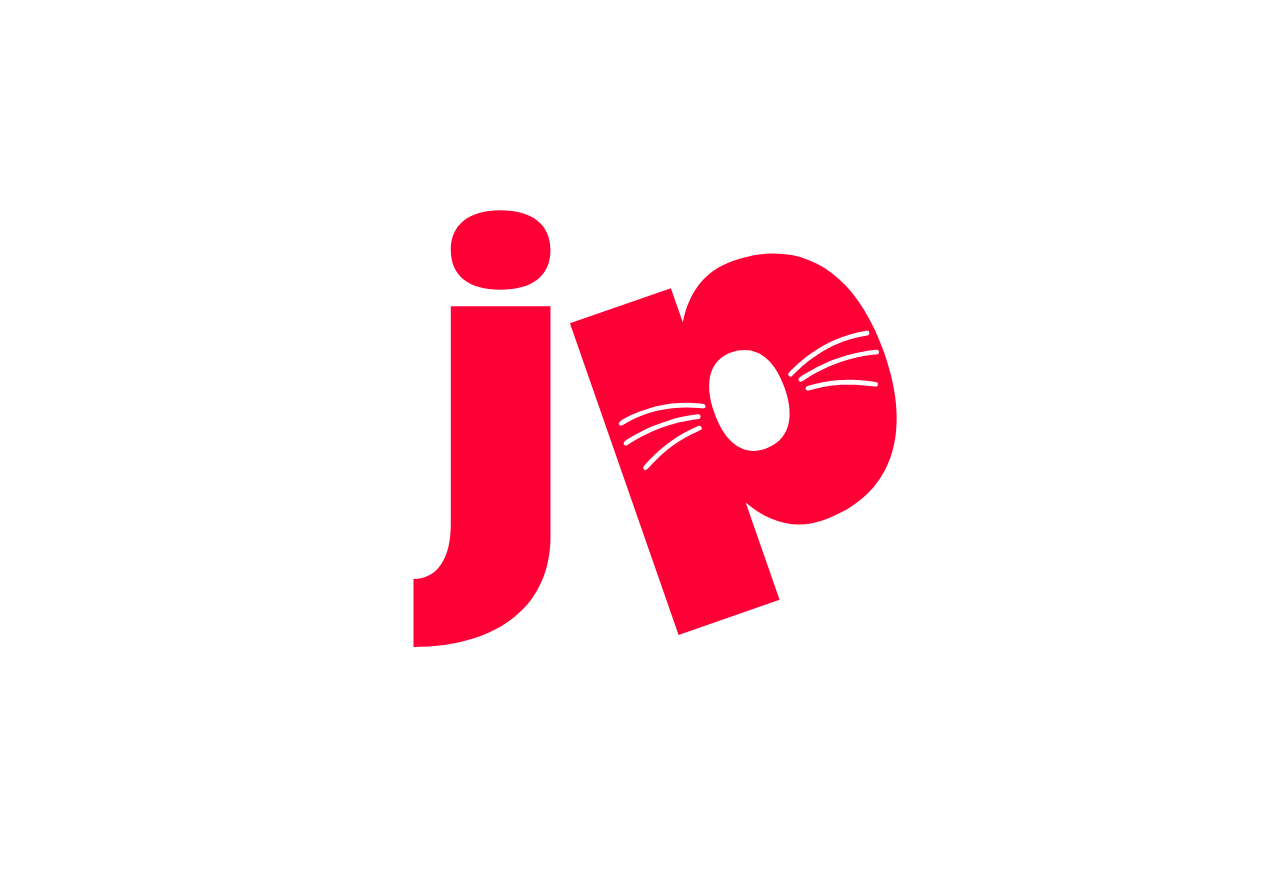
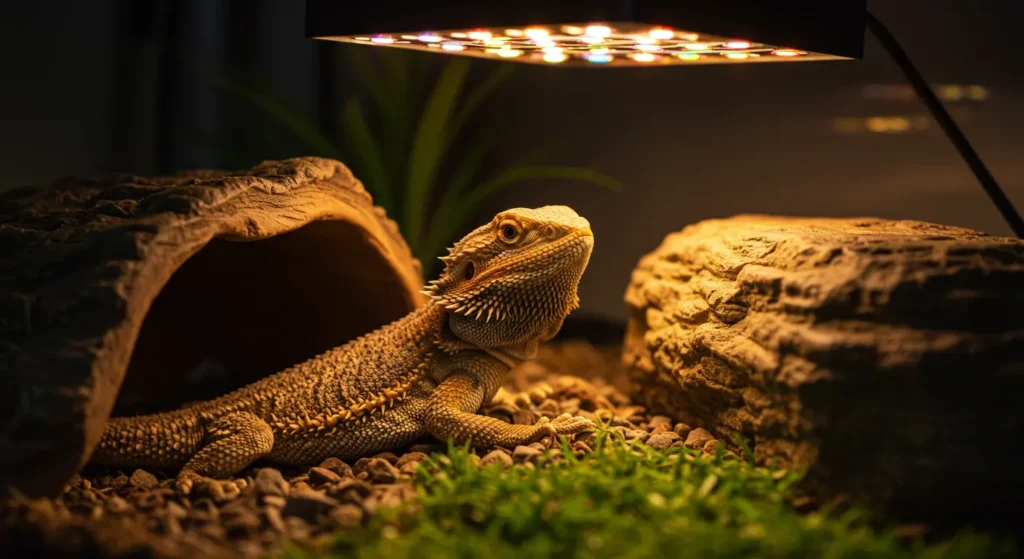
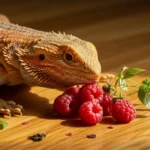
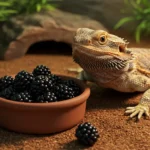
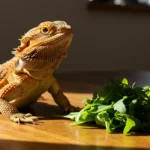
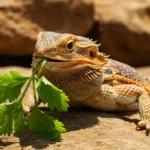

2 thoughts on “Can Bearded Dragons Eat Wax Worms? Expert Advice on Nutrition”